At Global Idea School, students spend 50% of their day learning English and 50% Spanish. Throughout the day, students learn the same concepts in both languages, thus acquiring vocabulary to express what they know in English and Spanish. This model allows students to grasp knowledge regardless of which language, English or Spanish, is dominant.
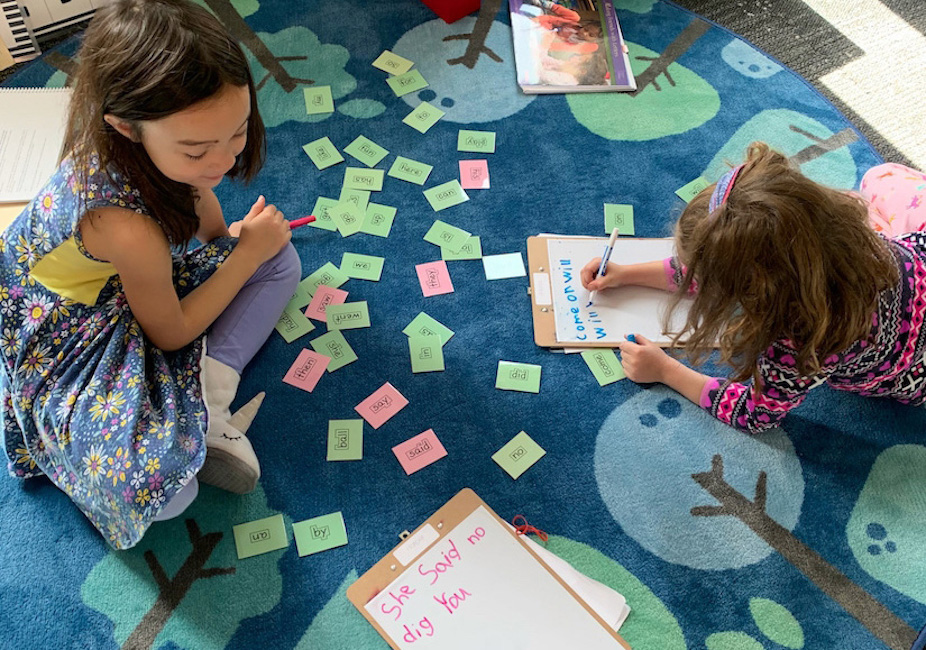
Picture two students, Ana and Pete, in the same grade. While Ana is fluent in Spanish and has basic knowledge of English, Pete is fluent in English and knows a few words in Spanish. They begin the school day in Spanish, learning about the solar system. While Ana learns the names of the planets quickly and asks the teacher many questions, Pete works on acquiring vocabulary in Spanish (planeta, sol, galaxia, Marte, etc.).
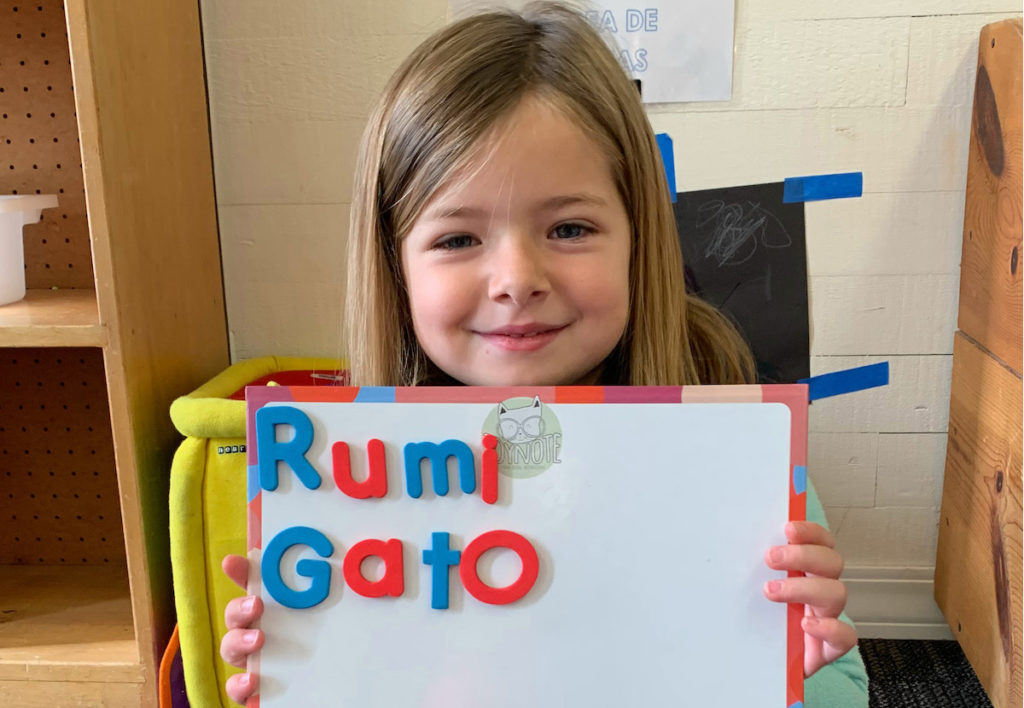
After lunch, Ana and Pete begin the English portion of the day and continue learning about the solar system. This time, Pete learns the names of the planets quickly and asks the teacher to tell him more about Mars, which he remembers is called Marte in Spanish. Meanwhile, Ana works on acquiring vocabulary in English (planet, sun, galaxy, Mars, etc.). At different moments during the day, they help each other, boosting self-esteem and strengthening their friendship.
At Global Idea School:
OUR 50%-50% BILINGUAL MODEL
- 50% of the day is in English and 50% of the day is in Spanish.
- We establish clear routines and expectations to ease transition.
- The learning environment is comfortable and safe for learners to “come out of their shell”.
- We foster peer-to peer support between native English and native Spanish speakers.
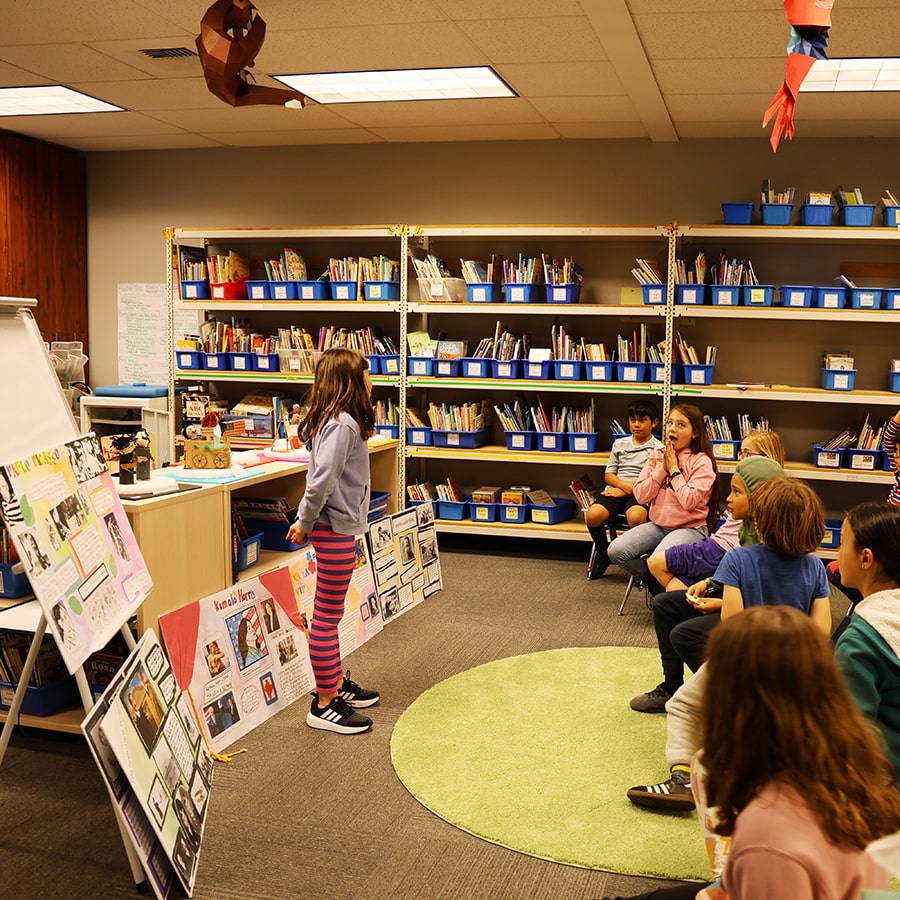
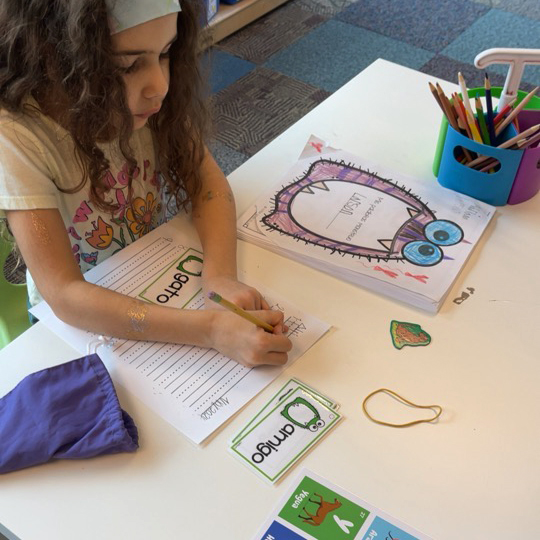
WHY BILINGUAL EDUCATION?
Being bilingual is an asset for the global world we live in. Research shows that being bilingual has many benefits as it enhances the development of the brain. Compared to monolinguals, bilingual people:
- Are less easily distracted
- Can switch from one task to another more easily
- Have the ability to pay closer attention to tasks
- Possess stronger executive functioning skills
- Show more empathy in interactions with others
- Have a reduced chance of developing age-related dementia
- After 4-7 years of second language immersion, learners perform as well or better than peers
- Acquire bi-cultural skills as two languages bring about two perspectives of the world
- Are more open to diversity and difference
- Have more career opportunities
WHY CHOSE SPANISH?
- Spanish is the 2nd most spoken language in the U.S. & the world.
- There are 41 million native Spanish speakers in the US plus a further 11.6 million who are bilingual, putting the US ahead of Colombia (48 million) and Spain (46 million) and second only to Mexico (121 million). Even around 6% of Alaskans are Spanish speakers.
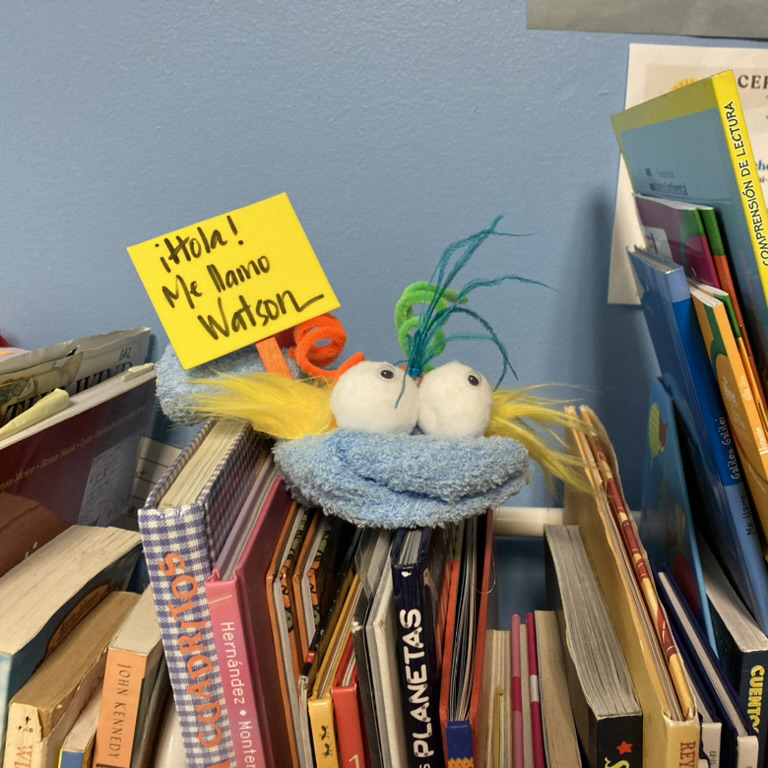
Research Evidence
- Porter, L., Vazquez Cano, M., Umansky, I. (2023).
“Bilingual education and America’s future: Evidence and pathways.”
Los Angeles, CA: The Civil Rights Project/Proyecto Derechos Civiles, UCLA - Arslan Asad Chaudhary. (2024).
“Enhancing Academic Achievement and Language Proficiency Through Bilingual Edu- cation: A Comprehensive Study of Elementary School Students.”
Educational Administration: Theory and Practice, 30(8), 313–322.
Check Out these Articles
Lorem ipsum dolor sit amet, consectetuer adipiscing elit, sed diam nonummy nibh euismod tincid- unt ut laoreet dolore magna aliquam erat volutpat. Ut wisi enim ad minim veniam, quis nostrud exerci tation ullamcorper suscipit lobortis nisl ut aliquip ex ea commero eros

